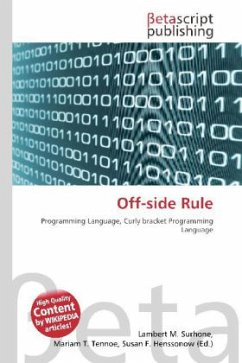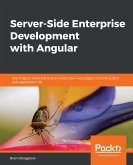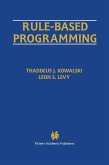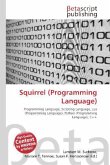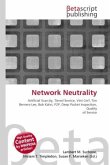Please note that the content of this book primarily consists of articles available from Wikipedia or other free sources online. A computer programming language is said to adhere to the off-side rule if the scope of declarations (a block) in that language is expressed by their indentation. The term and the idea are attributed to Peter J. Landin, and the term can be seen as a pun on the offside law of football (soccer). Peter J. Landin, in an article called "The Next 700 Programming Languages", defined the off-side rule thus: "Any non-whitespace token to the left of the first such token on the previous line is taken to be the start of a new declaration." The way popularized by C is to ignore whitespace and mark blocks between curly braces { and }. An advantage of this is that nested block structure can be expressed on one line. A disadvantage is that a human reader of the code pays attention to indentation which does not have to follow the formal meaning that is communicated via the braces.
Bitte wählen Sie Ihr Anliegen aus.
Rechnungen
Retourenschein anfordern
Bestellstatus
Storno

